Robert Freitas wrote the ultimate guide to alien biology, culture, and more. The renowned researchers shares the story behind ‘Xenology.’


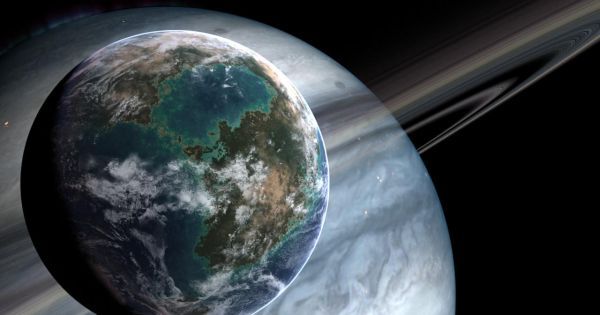
A team of astronomers is set to build a new exoplanet hunter. In theory, this instrument could lead to finding the first truly habitable world beyond Earth.
NASA and the National Science Foundation (NSF) have selected a team of astronomers to build their new exoplanet hunter. In order to get the best minds on the job, the scientists were selected after holding a national competition. The resulting team will be led by Penn State University assistant professor Suvrath Mahadevan.
Two space agencies are teaming up to explore new worlds.
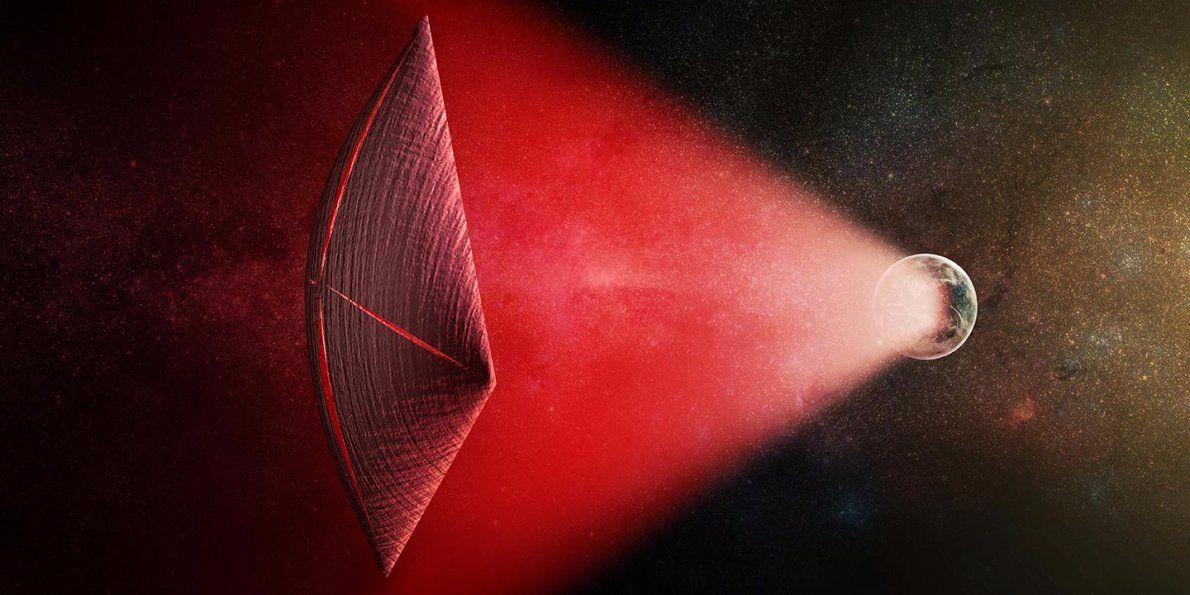
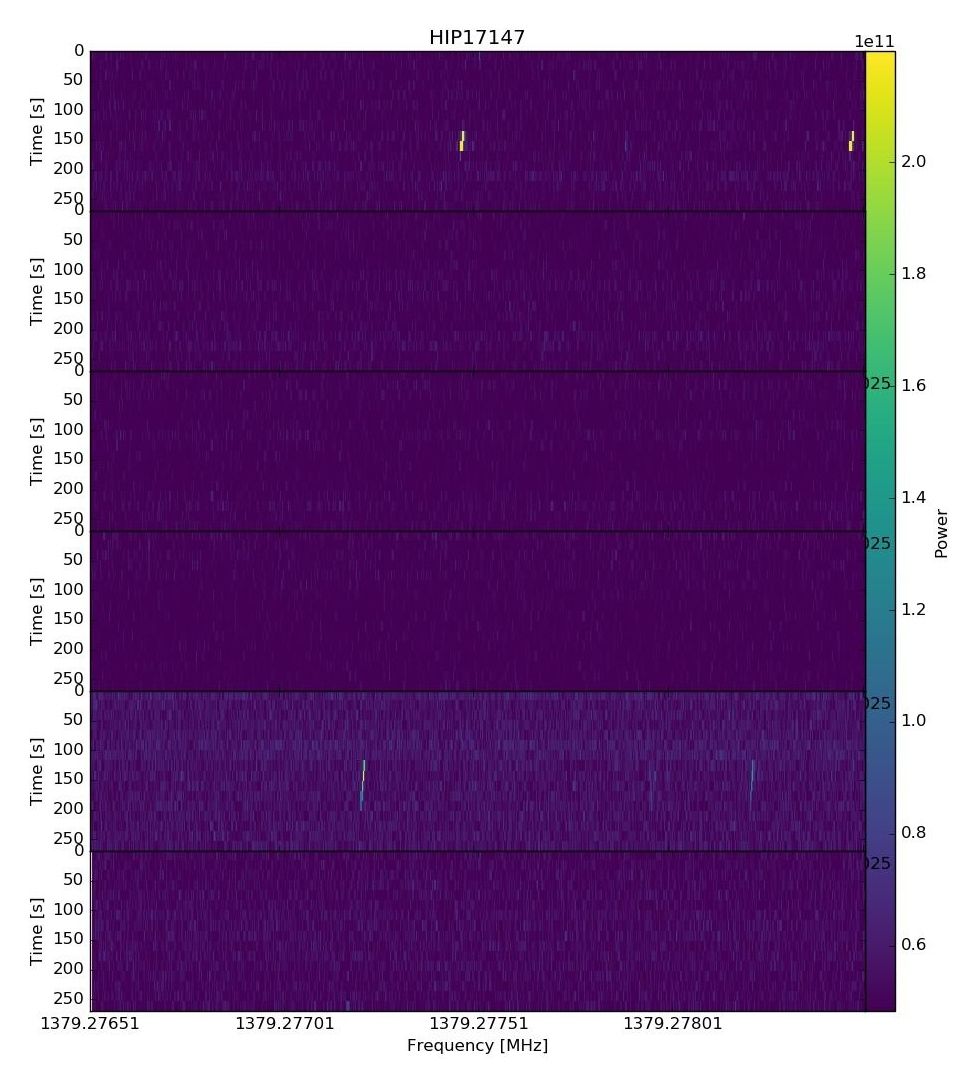
Most significant events list for Milner’s Breakthrough Listen (SETI) project. This is 11 of the highest statistical significance events that they’ve recorded.
They’ve said these will mostly prove to be local interference of various sorts. They just haven’t excluded them yet.
A lot of them are 1380 Mhz, which is a common frequency for surveillance video cams (I looked it up).
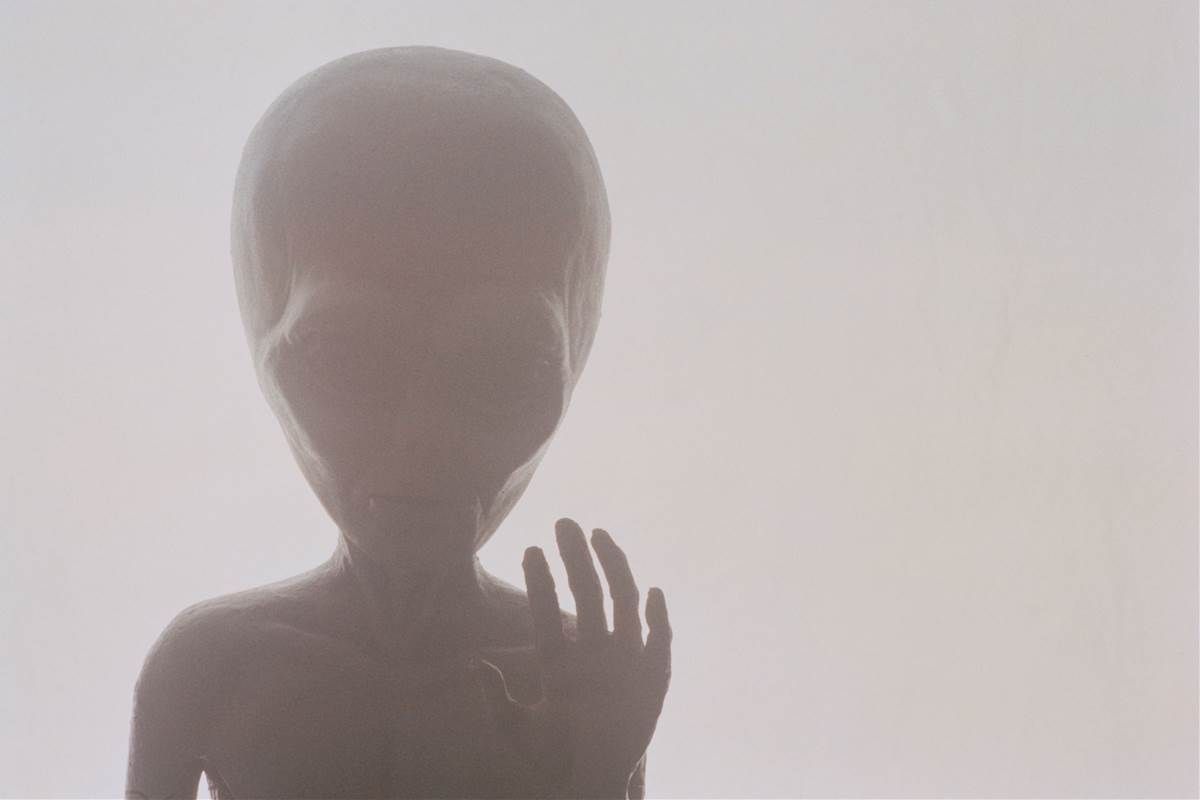

Happy #Alien Day. Here’s my trilogy of alien stories for Vice. I’ll start by listing #2 first for those who only have time for one, but they do go in chronological order: 2) https://motherboard.vice.com/en_us/article/why-havent-we-met…ed-into-ai & 1) https://motherboard.vice.com/en_us/article/the-internet-will…wake-it-up & 3) (covered recently by the History Channel): https://motherboard.vice.com/en_us/article/the-language-of-a…cipherable #transhumanism
While traveling in Western Samoa many years ago, I met a young Harvard University graduate student researching ants. He invited me on a hike into the jungles to assist with his search for the tiny insect. He told me his goal was to discover a new species of ant, in hopes it might be named after him one day.
Whenever I look up at the stars at night pondering the cosmos, I think of my ant collector friend, kneeling in the jungle with a magnifying glass, scouring the earth. I think of him, because I believe in aliens—and I’ve often wondered if aliens are doing the same to us.
Believing in aliens—or insanely smart artificial intelligences existing in the universe—has become very fashionable in the last 10 years. And discussing its central dilemma: the Fermi paradox, has become even more so. The Fermi paradox states that the universe is very big—with maybe a trillion galaxies that might contain 500 billion stars and planets each —and out of that insanely large number, it would only take a tiny fraction of them to have habitable planets capable of bringing forth life.
Whatever you think, the numbers point to the insane fact that aliens don’t just exist, but probably billions of species of aliens exist. And the Fermi paradox asks: With so many alien civilizations out there, why haven’t we found them? Or why haven’t they found us?
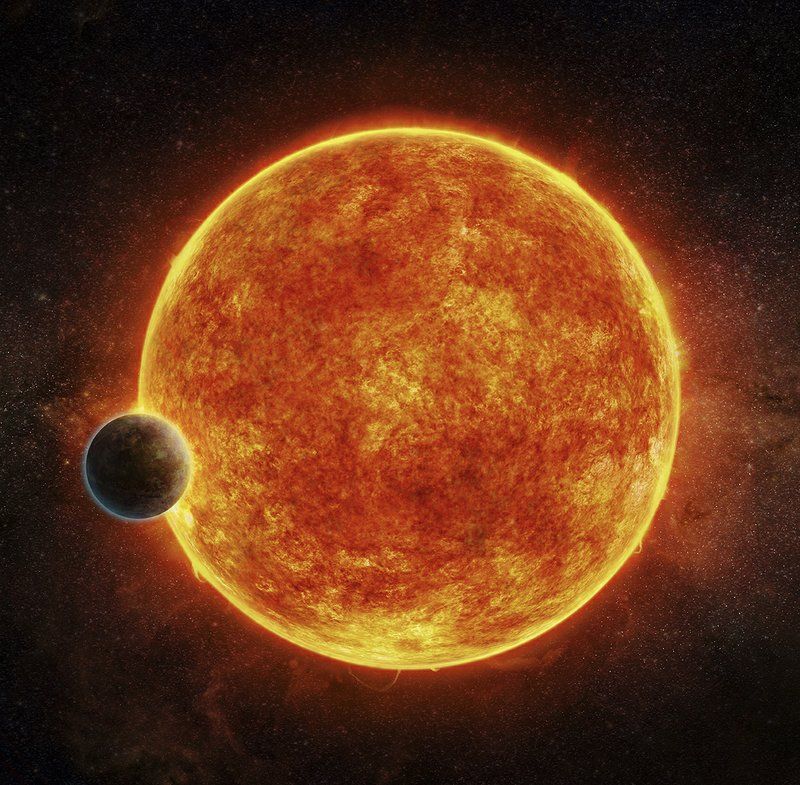
WASHINGTON (AP) — Astronomers have found yet another planet that seems to have just the right Goldilocks combination for life: Not so hot and not so cold. It’s not so far away, either.
This new, big, dense planet is rocky, like Earth, and has the right temperatures for water, putting it in the habitable zone for life, according to a study published Wednesday in the journal Nature.
It’s the fifth such life-possible planet outside our solar system revealed in less than a year, but still relatively nearby Earth. Rocky planets within that habitable zone of a star are considered the best place to find evidence of some form of life.

Ridley Scott Associates (RSA), the film production company of famed director Ridley Scott, is launching RSA VR, a new division dedicated to the production of high-end immersive films using VR, AR, and mixed reality. Scott and co. is known for work on acclaimed films such as Alien (1979), Blade Runner (1982), Gladiator (2000), Black Hawk Down (2001), and more throughout his career as a director now going on 40 years.
RSA today announced the launch of RSA VR, a formalization and expansion of RSA’s recent work in VR space which has included the production of The Martian VR Experience (2016) and a forthcoming Alien: Covenant experience.
In a prepared release, the studio calls RSA VR, “a new division dedicated exclusively to the creative development and production of VR, AR and mixed media.”

Architecture has evolved and has become much more than just a design realized in concrete and modern building material. It has been transformed to help humanity in achieving all kinds of sustainability.
The eVolo Magazine for Architecture has been organizing another round of Skyscraper Competition in 2017 to honor those visionaries that try to realize a future that benefits humanity and the one Earth we all need to cherish and sustain.
Collaboration, a key not only to humanity’s future but also to every attempt we make at colonizing space or interacting with alien life. This ultimate expression of concerted participation and envisioned by Canadian architects Catherine and Celia. He has been put together in one gigantic skyscraper titled Earth Port One. The idea stems from the early electromagnetic propulsion technology but has been redefined to become Earth’s main port and a vibrant nexus where future civilizations engage.